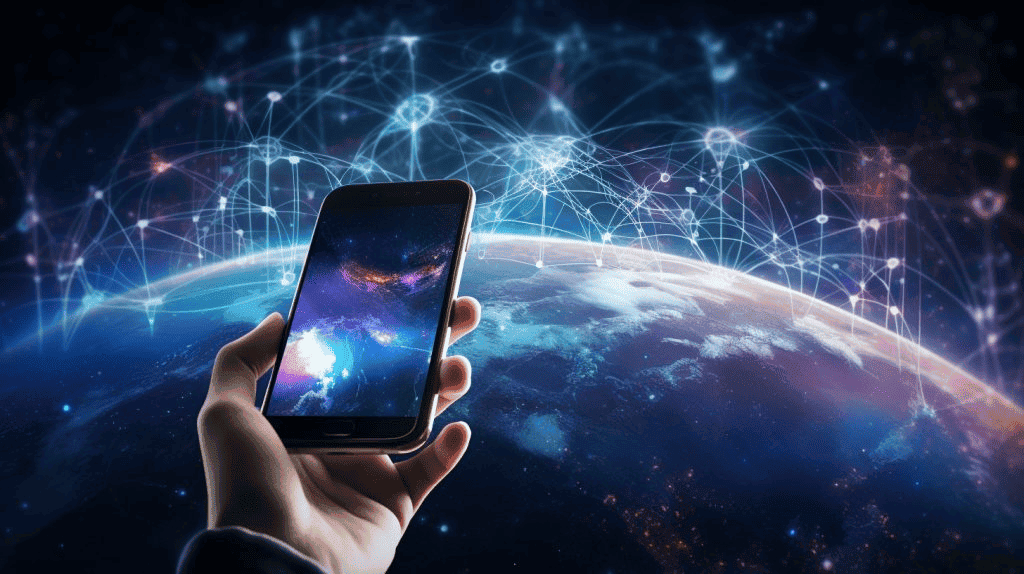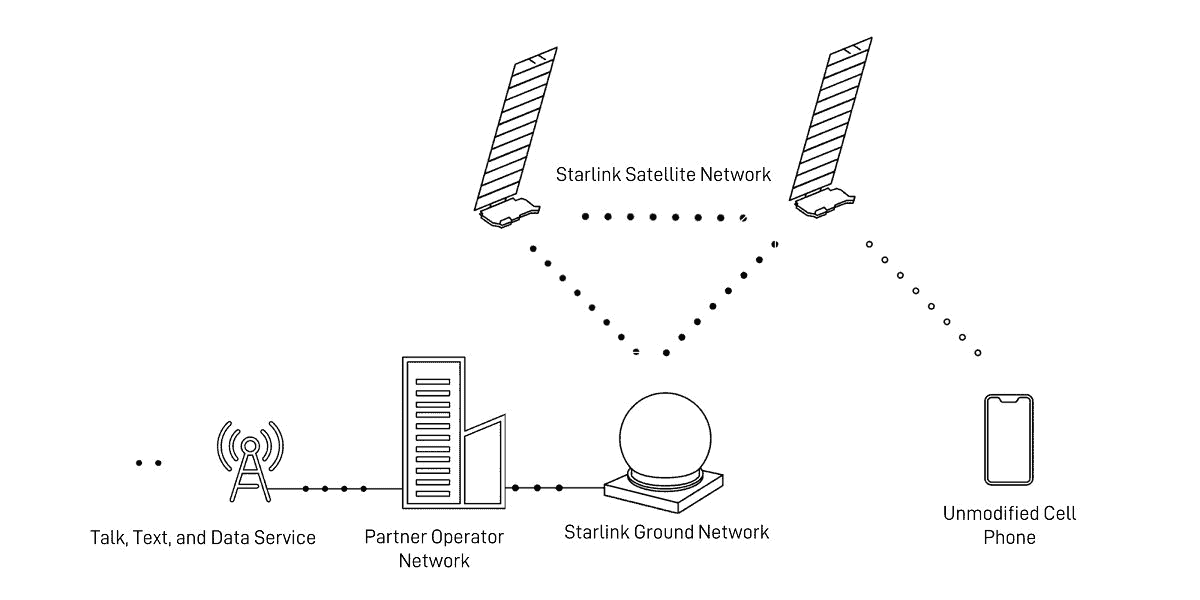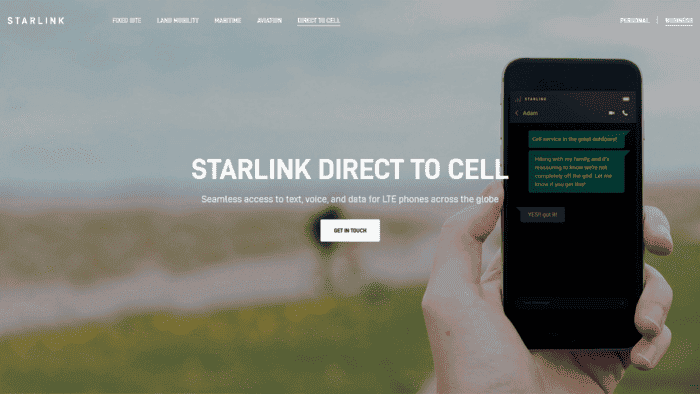A new segment for telecommunications is growing exponentially in the past few years. Instead of depending on cellular towers, companies are now venturing into space to transmit information. Last year, Apple revolutionized its communications system with the SOS Emergency feature, utilizing satellites to send emergency alerts. This sparked a new trend, with more companies eager to tap into the potential of satellite communication for messaging, calls, and more. Last year, Elon Musk’s SpaceX announced a joint venture between its internet company, Starlink, and T-Mobile. The collaboration aims to beam data directly to your phone from space satellites. While the service is set to launch in the coming year, its offerings will be gradually introduced.
Starlink’s Satellite-Powered Mobile data could be revolutionary
According to an official statement, Starlink and T-Mobile will initiate the trial for their new system. In the next year, only texting will be supported as a trial to sort out bugs and test the system. By 2025, the company plans to start offering voice and data service, as well Internet of Things (IoT) functions.

The connection will be done over LTE and it’s not clear how much bandwidth will be available. The data service should be fast enough for web browsing according to SpaceX. However, we need to remind you that the revolution in this feature is not in offering the fastest internet speed. The real revolution is offering seamless connectivity on emergencies. Starlink’s Direct To Cell service also offers a unique twist. Unlike Apple that requires special hardware, Starlink’s satellites will work like cell towers. This means that with a clear view o the sky any 4G capable device will be able to connect.

During the first trial, it will be possible to send text messages with SMS apps. However, once the data service pops out, users should be able to use WhatsApp, Skype and even iMessage. It’s not a system meant only for sending emergency alerts, it aims to offer you with internet for the most extreme circumstances. You just need coverage.
Starlink prepares the field to ensure coverage
While the feature is not ready, Starlink keeps preparing the field for its deployment. The company signed deals with multiple carriers around the world. Optus in Australia, Rogers in Canada, KDDI in Japan, One NZ in New Zealand, Salt in Switzerland and T-Mobile in the USA. More will likely jump in once the system shows its true power. Right now, the service aims to cover land, lakes and coastal waters. For those lookin for internet in the middle of the ocean, they will need to sign up for Starlink’s maritime service. On land, the system aims to fill gaps in the carrier’s coverage without them having to build out costlier infrastructure.

Unfortunately, it’s not clear if roaming will be available and to what extent since each country manages its wireless frequencies. In fact, that may explain why SpaceX is individually partnering with multiple carriers across the world. The company invested a lot of money to get a portion of wireless spectrum.
Conclusion
Starlink’s Direct To Cell is an innovative technology that could start a revolution in this field. If Apple proved how important is to have an efficient communications system for emergencies, Starlink’s solution could be revolutionary by expanding what you can do in emergency situations. The system is not limited to sending emergency texts or location reports, you can actually use the internet, apps, and make calls depending on your location.
The next year will be determinant for the company to test the quality of its new solution. By 2025, we will finally see the system at its full extent.





